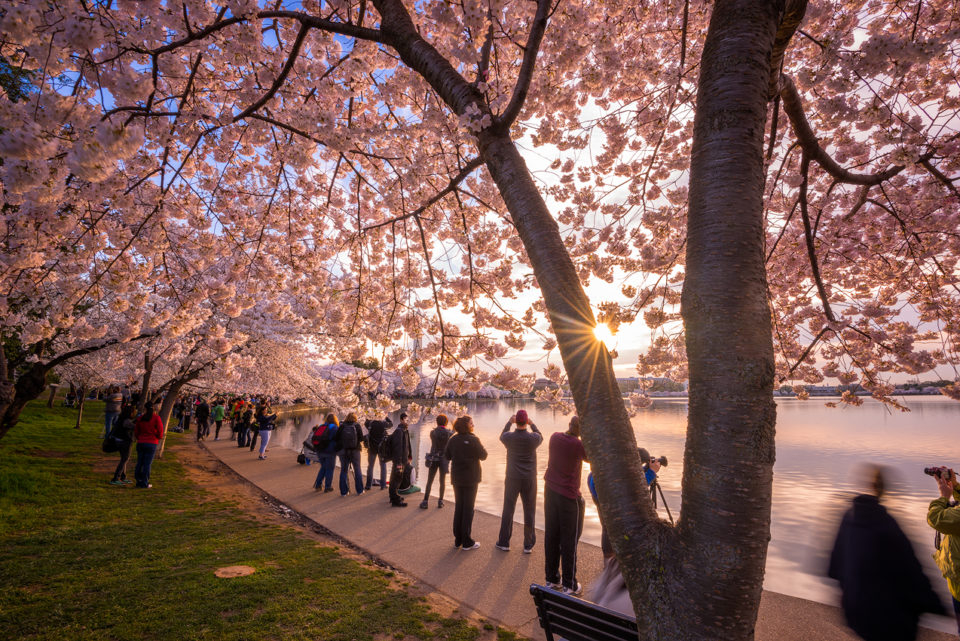TIPS FROM PROFESSIONALS TO PHOTOJOURNALISTS FOR SHOOTING ON PROTESTS AND MASS Disorders
 Equipment
Equipment
Consider two types of lenses: wide-angle and telephoto. For what? A wide one will show you the whole picture, the whole frame, flags, slogans, etc., and help you to “move” inside the picture.
What about the telephoto? You need to be in the flow of events when something important and, most likely, dangerous happens. Keep in mind that even 70-200 mm will not guarantee your safety. What about a zoom lens? If you have it, bring it with you – it will be very useful for you. Lens 24-70 mm and 70-200 mm can be your best assistants in shooting rallies and protests.
Rallies
They usually pass almost calmly. You may even notice a large number of fun children. As a security measure, the police may surround the perimeter. Keep calm, as at such events almost nothing special happens. Focus on not blocking people and just do your job.
Protests
If you are shooting a protest, always be on the alert! Most of the protesters are quite aggressive and over-excited, and the police themselves are also nervous. One isolated event can be a trigger for anything. Use the same tactics as at the rally: do not bother anyone, take your photos, follow people, being close, in front, behind your backs, as you like.
One more tip should be taken into account: always pay attention to your surroundings, backpacks, be aware of the police forces (car and car lines, police lines). Do not forget that people around you are stressed. Do not participate in the process, just take off. Be silent and try not to influence anything! Remember that you are a photographer, not a person on the front line, and, as already mentioned, any isolated event can be a trigger …
Mass riots
Are you in a riot? Are you on the rise? If yes, there is bad news for you: people may suffer, and just hope that you will not be among the victims. Control your adrenaline to not spoil everything. As soon as some rebel directs his aggression to the police in full force, the police will use everything that she has to control people and take them out of the streets. That is why things like rubber bullets, smoke bombs, electric shock guns and water from the hoses are all normal things you will have to deal with.
People involved in the riots are also dangerous: things like glass bottles and Molotov cocktails can be thrown at the police. And remember that you are not someone else’s friend — you are not a friend of the police or a friend of the rebels. You are on your own. Take care of yourself and try to avoid areas of risk where the confrontation takes place.
When thinking about taking pictures of mass riots, you need to mention something even sadder: a helmet on your head will make you an easy target. Pay attention to every detail you use! Helmets labeled “Press” can be targeted by both the police and rioters. People do not know on whose side is now the person whose helmet is striking first of all, so they don’t know whether they can trust you or not.
shooting protests and riots shooting protests and riots shooting protests and riots
What can and can not do. Specific Tips
Be ready for everything and do not be afraid to get close to your subject.
Front shots are always better than behind (although, of course, some of them may give you more information about who is protesting).
If there are policemen in a mass disorder, they can increase your security level, but don’t keep them too close, as some dangerous objects thrown at the police can strike you too.
If you feel safe on the side of the protesters, remember that you may be hit like rubber bullets, water and other police equipment.
Your equipment should be at least weather resistant.
Distance can be both your enemy and ally. Just think about where you will be safe at every moment.
The only friends you will have in such a shoot are other photographers. Stay with them, since you’re all in the same boat.
Using a zoom or fixed lens is a matter of personal preference. Both will give you good results. What is important is your vision of the value of the object.
Do not be afraid.
If you want to show the truth, do not choose a side.
shooting protests and riots


